
How to Enjoy the Attraction of Kaiten-Zushi Easily in Japan
Do you know Kaitenzushi, the sushi on conveyor belts? Kaitenzushi restaurants offer delicious sushi for a very reasonable price. Here is a complete guide to Kaitenzushi, to enjoy it to the fullest!
This post may contain affiliate links. If you buy through them, we may earn a commission at no additional cost to you.
1. What is Kaitenzushi?
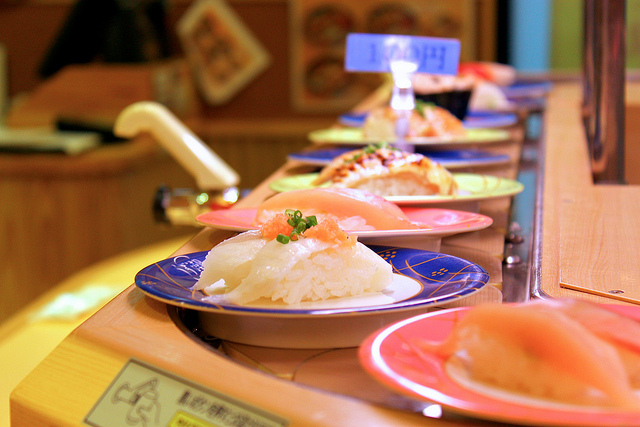
Kaitenzushi is a sushi restaurant where sushi on plates are going around on a conveyor belt. There are more than 30,000 Kaitenzushi restaurants in Japan. They offer sushi at cheap prices. Each restaurant is so big that a large group can use, such as family.
2. On arriving at Kaitenzushi restaurant
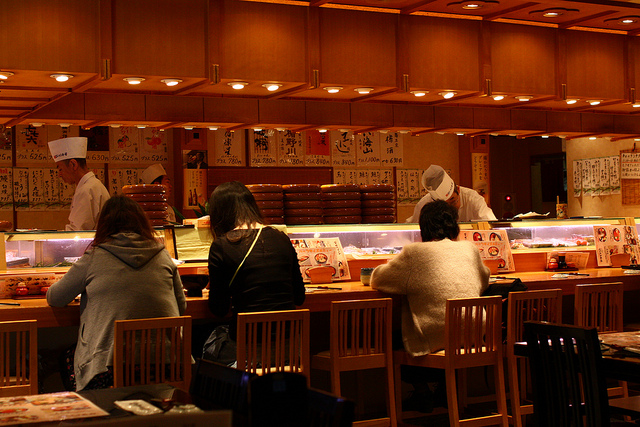
When the restaurant is not crowded, you can sit at a counter or a table relatively smoothly. But when the restaurant is crowded, you need to get a reservation number with a machine in the waiting area. Especially on weekends and holidays, it is natural that you have to wait for an hour. You can also make a reservation online on such days, so you had better do it if you go.
3. How to order sushi
Ordering method 1: Take out sushi plates from the conveyor
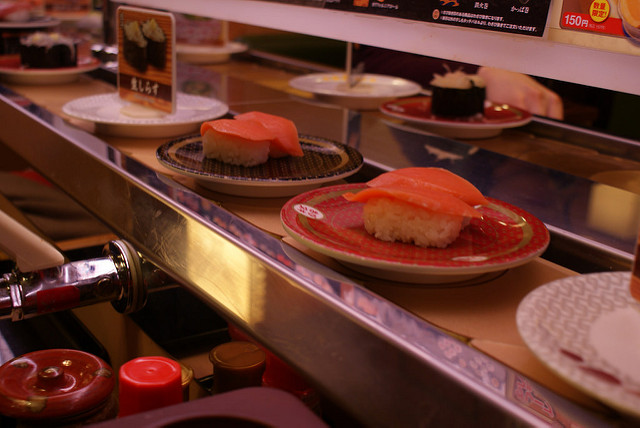
As the name shows, Kaitenzushi restaurant has flowing lanes, and sushi plates are going around on them. The customers can take flowing sushi freely. When you see flowing sushi you want to eat, you can take it "with the plate". The point to notice is that you should leave the plate on your table so that the staff can count how many plates you have at the time of checking.
Ordering method 2: Using touch panel
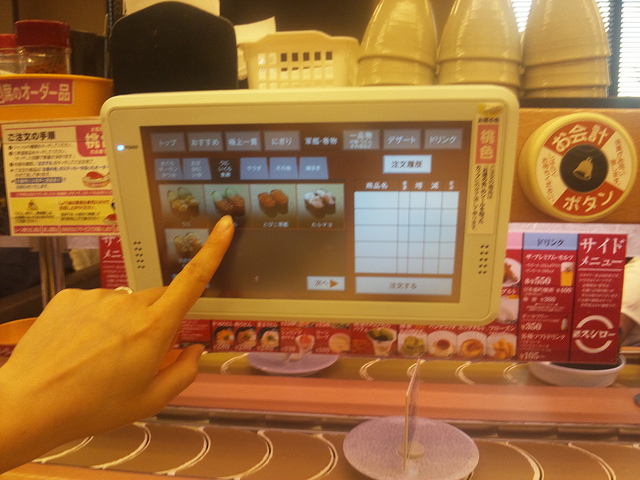
In most Kaitenzushi restaurants, a touch panel is installed to each table. You can order sushi with it. The ordered sushi will flow on the conveyor belt distinguished from other sushi. When your order is coming, the touch panel will alarm you.
Ordering method 3: Order sushi verbally while watching a menu at each seat
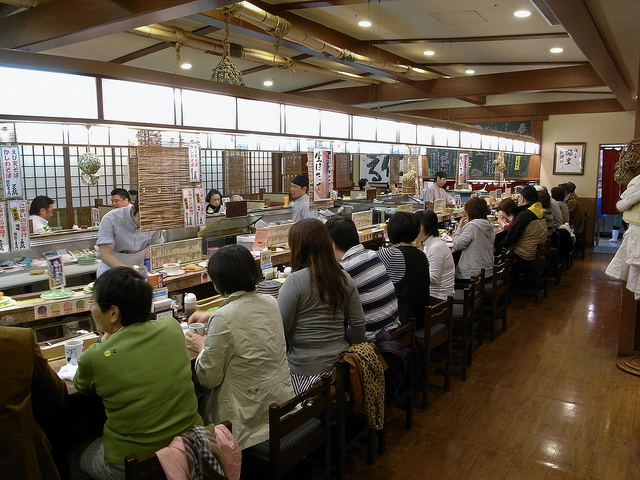
In some Kaitenzushi restaurants, sushi chefs make sushi inside of the conveyor belt. Such restaurants don't have touch panels, so you have to tell your order to the chef. He will make the sushi you ordered in front of your eyes, which is also fun.
4. Points to enjoy Kaitenzushi as much as you like
Point 1: Various sushi toppings
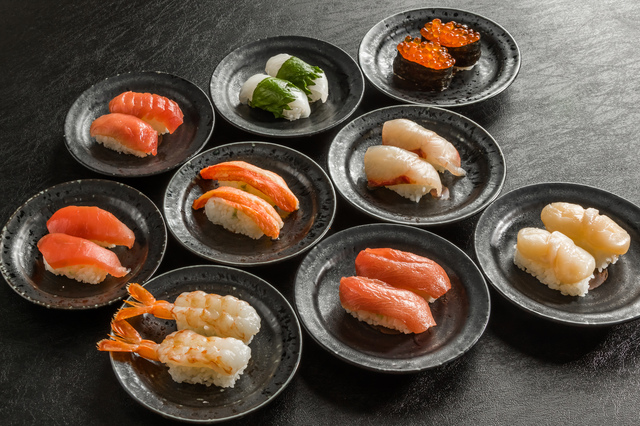
Kaitenzushi restaurants have various sushi toppings that are not available in high-class sushi restaurants. In Kaitenzushi restaurants, in addition to seafood, fries, tempura, vegetable pickles, even roast beef will be topped on sushi. Try unusual sushi and find a new attractiveness of sushi.
Point 2: Not only sushi but also noodles are attractive
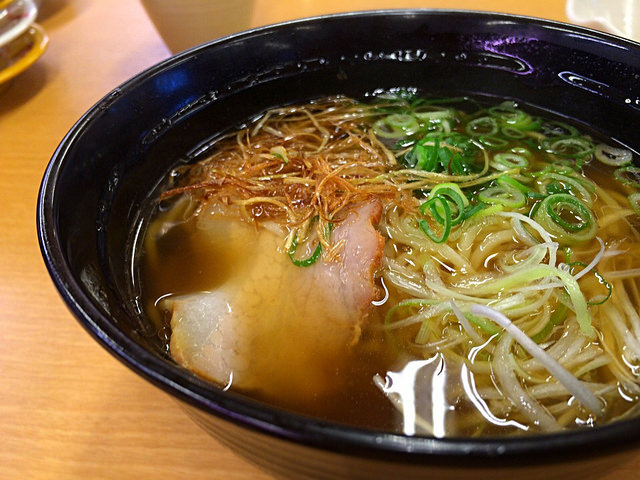
In most Kaitenzushi restaurants, you can eat not only sushi but also noodles such as ramen, soba and udon. You will be surprised at the fact that there are various types of soup, including seafood, pork bone, soy sauce and miso. In addition to ramen, you can eat Kamo(duck) soba with duck-based soup, and tempura udon topped with tempura. Please try them by all means.
Points 3: Extraordinary delicious desserts

Even after eating sushi, you will want to eat dessert. Kaitenzushi restaurants have amazingly high quality desserts. You can eat not only ice creams and cakes, but also Japanese sweets and fruits. Some restaurants offer different desserts depending on the season, so you can enjoy eating them without getting tired.
Point 4: Eat "gari"!
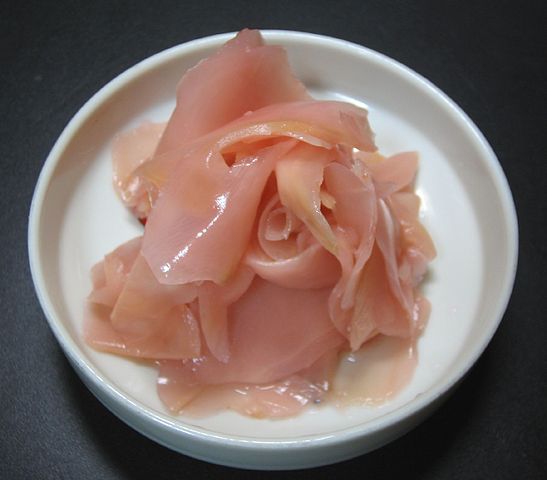
"Gari" is a sliced ginger pickled in sweet vinegar, which is available in most sushi restaurants. This food is sweet and sour, with good crunchy taste. Gari has an effect of taking away the smell of seafood. After eating sushi, you had better eat gari as a remover of bad taste. Gari is put at the counter and table of Kaitenzushi, and it is free of charge. Try gari by all means.
Point 5: Specialty soup
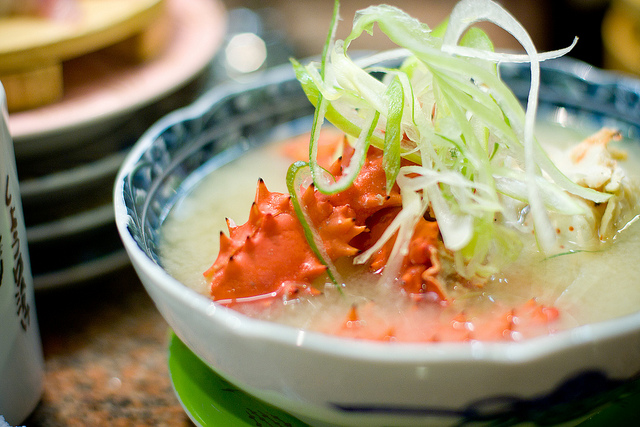
Kaitenzushi restaurants have particularity with desserts and noodles. Each restaurant has different menu, but you can enjoy various lineups such as fishhead soup using fish and vegetables, miso soup of aosa (seaweed), tonjiru using pork and vegetables, and crab miso soup.
5. How to pay the bill
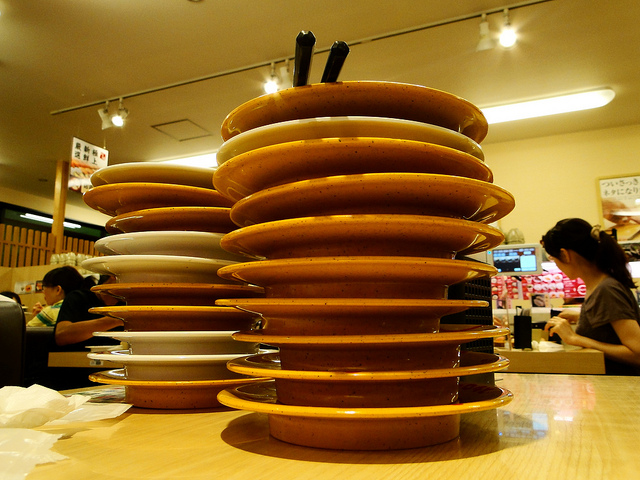
After eating until you become satisfied, press the button at each table and counter to call the staff, or you can call the staff directly. The staff counts the plates and bowls on the table, and calculates your bill. In some restaurants the price differs by the colors of the plates, which you need to understand.
Thumbnail: WildSnap / Shutterstock.com
The information in this article is accurate at the time of publication.


